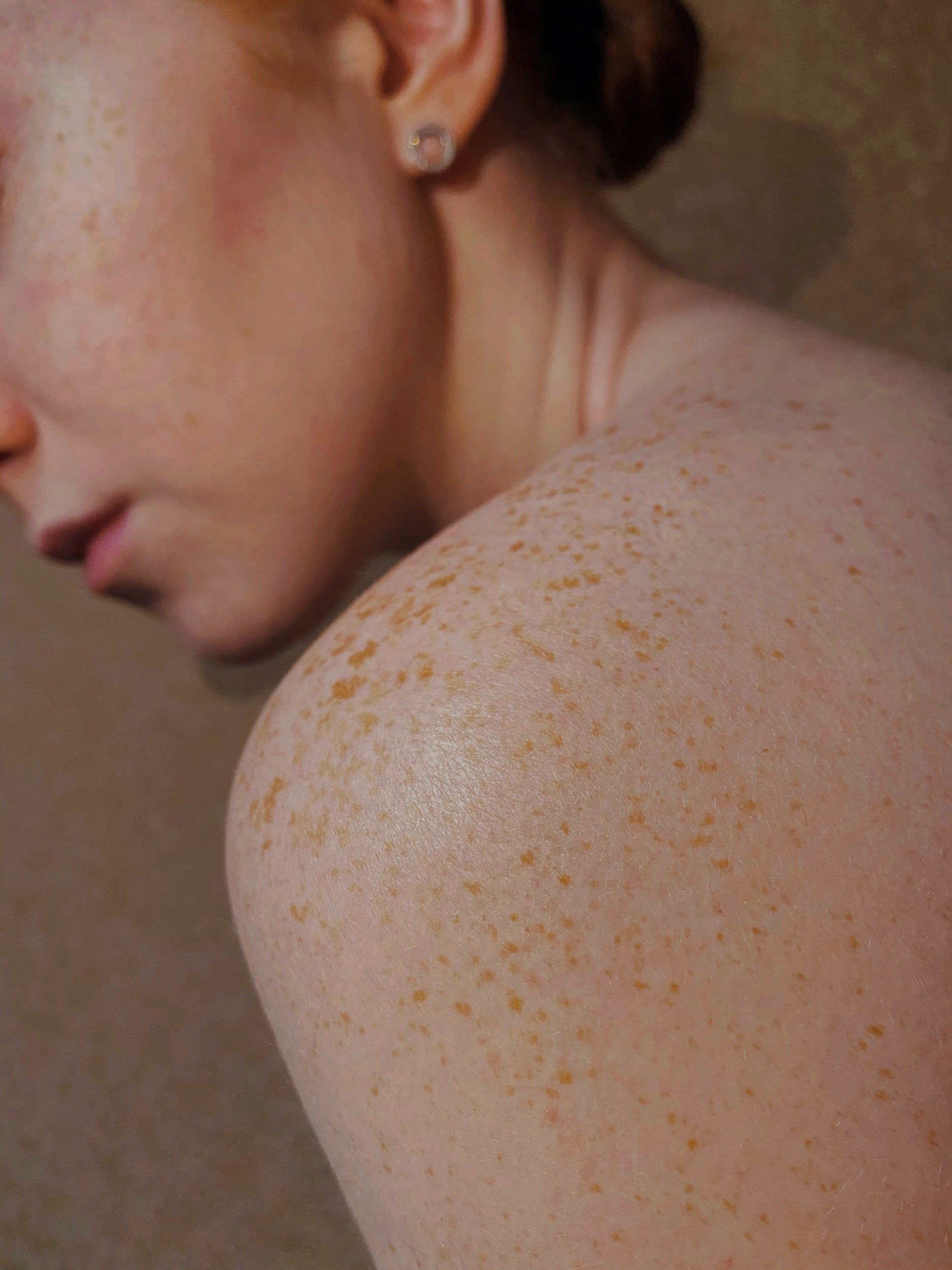The Risks of Tanning Beds: Why Spray Tanning Is Healthier For Your Skin
Tanning beds have long been marketed as a "safe" alternative to sun tanning, but the reality is far from this rosy picture. Let's explore why tanning beds pose significant risks to your health and appearance, and why opting for spray tans is a much safer choice for achieving that sun-kissed glow.
Despite the allure of a quick and convenient tan, the World Health Organization has classified tanning beds as a Group 1 carcinogen, placing them in the same category as tobacco and asbestos. This classification is based on extensive research that consistently shows a direct link between tanning bed use and an increased risk of skin cancers, including melanoma, squamous cell carcinoma, and basal cell carcinoma. The intensity of UV radiation emitted by tanning beds can be up to 15 times stronger than the midday sun, making them particularly dangerous for your skin's health and longevity.
The Hidden Dangers of Tanning Beds
Increased Cancer Risk
Tanning beds emit concentrated UV radiation, which can be even more harmful than natural sunlight. Using a tanning bed even once before age 35 raises your risk of developing melanoma, the deadliest form of skin cancer, by a staggering 75%. This risk continues to increase with each use.
Premature Aging
While many people tan to enhance their appearance, the irony is that tanning accelerates skin aging. UV exposure from tanning beds can lead to:
Wrinkles
Fine lines
Dark spots
Leathery skin texture
Eye Damage
Tanning beds can cause serious harm to your eyes, potentially leading to:
Cataracts
Ocular melanoma (eye cancer)
Other vision problems
Debunking Tanning Bed Myths
Myth: Tanning Beds Provide a "Safe Base Tan"
Reality: There's no such thing as a safe tan. Every time you tan, you damage your skin cells, increasing your risk of skin cancer and premature aging.
Myth: Tanning Beds Help with Vitamin D Production
Reality: While UV exposure does stimulate vitamin D production, the risks far outweigh this benefit. It's much safer to obtain vitamin D through diet, supplements, or brief, protected sun exposure.
The Spray Tanning Alternative: A Healthier Glow
Given the serious risks associated with tanning beds, spray tanning offers a safe and effective alternative for achieving a a golden glow.
Why Spray Tanning is Healthier
Benefits Of Spray Tanning:
Zero UV exposure
No increased skin cancer risk
No premature aging effects
Customizable color intensity
Immediate results
Safe Application
Spray tanning uses dihydroxyacetone (DHA), a color additive that reacts with amino acids in the skin's surface to produce a tanned appearance. This process doesn't involve UV radiation, making it significantly safer than tanning beds.
No DNA Damage
Unlike UV tanning, which causes DNA mutations that can lead to skin cancer, spray tanning only affects the outermost layer of skin cells without penetrating deeper layers or damaging DNA.
Hydration Benefits
Many spray tanning solutions contain moisturizing ingredients that can help keep your skin hydrated, unlike tanning beds which can dry out and damage your skin.
By choosing spray tanning over tanning beds, you're not just achieving a glowing skin – you're making a smart decision for your long-term health and appearance. Remember, there's no such thing as a safe UV tan, but there are plenty of safe ways to enhance your complexion. Embrace your natural skin tone and supplement it with spray tans when desired. Your future self will thank you for the wrinkle-free, cancer-free skin you've preserved by avoiding tanning beds.


